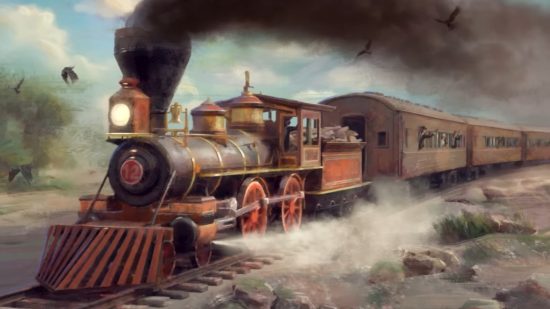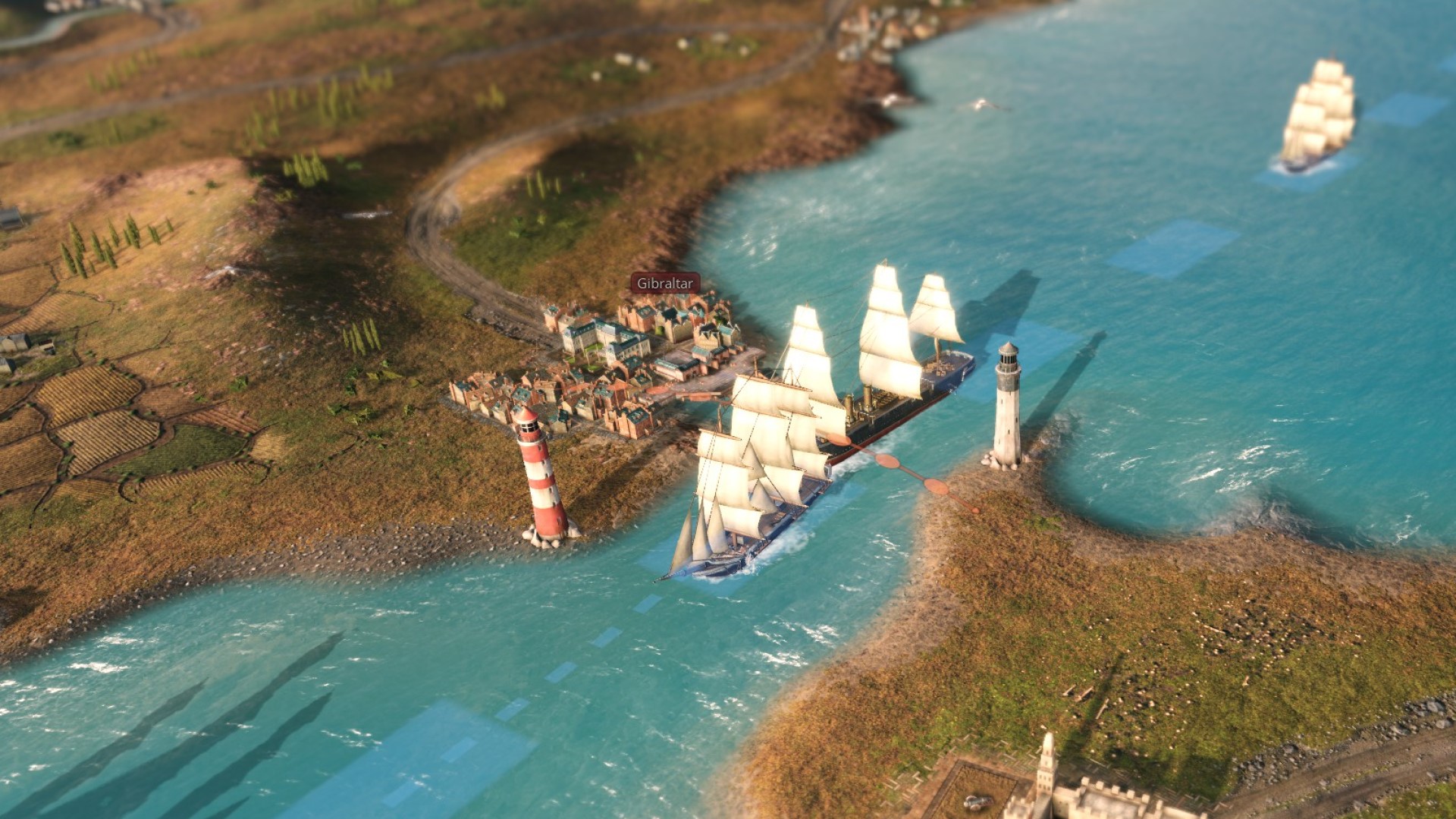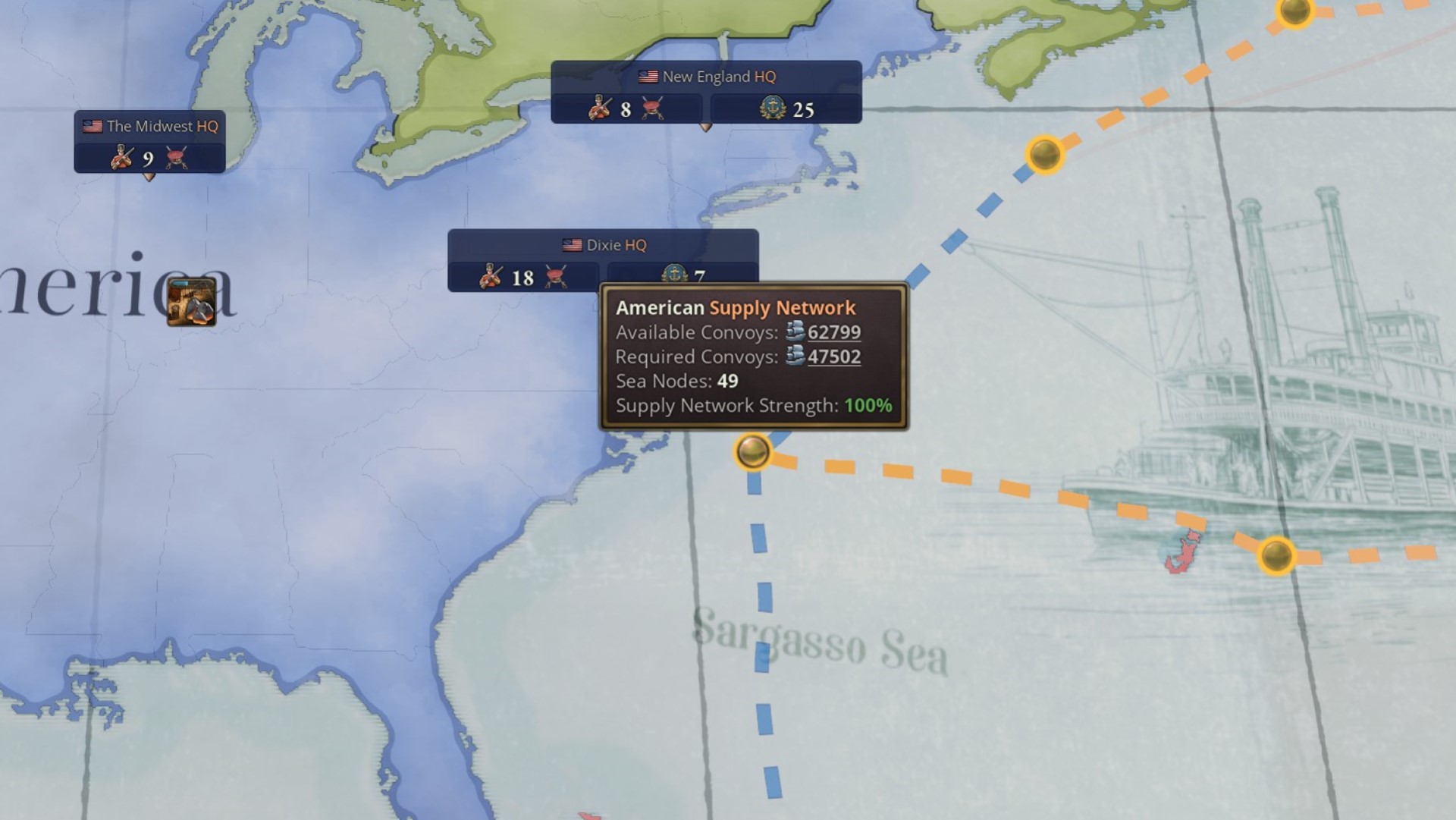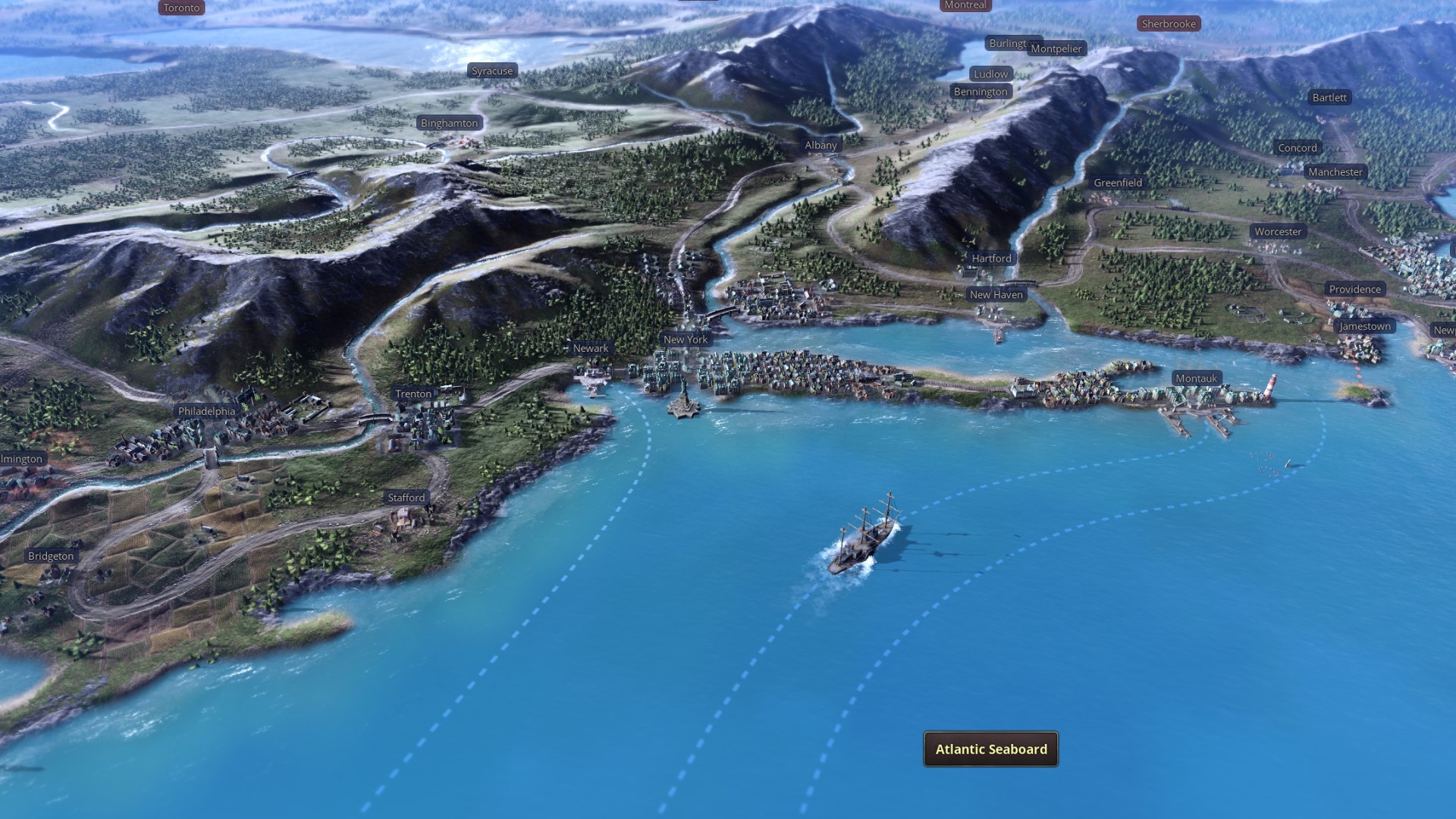The Victoria 3 trade mechanic is a crucial component of your national economy. No matter which nation you choose to play in the historic grand strategy game, you’ll need to do business with others in order to provide for your pops – the people who live in your country and make it work.
Starting out in 1836, you’ll find that many of your pops’ basic needs can be taken care of by building up your domestic industries for staple products. Depending on the conditions in your nation, you’ll have different options for agriculture and basic development right away. However, as time marches inevitably on, you’ll find that you need to supplement your market with products from abroad so that your pops can provide for themselves and pursue more affluent lifestyles. That’s where trade comes in.
How does Victoria 3 trade work?
Each market in Victoria 3 consists of the goods available inside that market, the sources for those goods, and the demand for the same. Having a surplus of a particular product will make its market price go down, whilst scarcity will drive the price up. Simple economics, right?
The sources of your market goods will be a combination of the buildings in your country that produce those goods, and the trade routes that bring them from other markets. You can ship goods to neighbouring markets at will, but you need convoys to move goods across the ocean.
Ports, which you’ll find in the development section of each province’s buildings tab, produce these convoys. Keep an eye on how many convoys you have, and how many of those are in use, by regularly checking your shipping capacity – you can do this quickly by hovering over any ocean trading route node on the map. Try to anticipate a growing need for shipping by building ports in advance – they’ll need some time to gather the pops and resources they need to get underway.
How to start a new trade route in Victoria 3
You can start a new import or export route in a couple different ways. In the market panel, which you’ll find on the left hand side of the screen, click on the trade routes tab. At the top of this section, you’ll find sections that give you the goods that would make the best candidates for potential import and export routes – these are products you either have a lot of, or that your pops are finding it difficult to buy. If you can’t produce something that a lot of your pops want, odds are good that you’ll find it here.
Below that, you’ll see a section listing any trade routes that are inactive or unproductive. It’s a good idea to check here frequently and shut down any routes that aren’t profitable. They don’t just require convoys, trading routes also cost bureaucracy to maintain, so it’s a good idea to avoid leaving any stagnant routes running.
Finally, below all this, you’ll find a list of your active trade routes, sorted by the commodity they’re shipping. Here, you can also adjust the tariffs and taxation on the goods, in order to either protect your domestic supply or encourage exports. The three boxes above each commodity let you pick your settings for this – at least, as long as your trade policy allows you to exert some control over imports/exports.
Head to the details tab for a complete list of all goods available on your market. This list can be filtered by using the four round buttons at the top: the barrel indicates staple goods that your pops need in order to maintain a basic standard of living; the cog wheel is for industrial inputs needed to produce more advanced finished products; the gemstone indicates luxury items required by pops in higher income strata; and the crossed rifles is for goods needed by your military.
In this list, you can see whether the prices for each commodity are low or high relative to other markets in the world. High prices usually mean scarcity, so they’re worth looking into as candidates for new import routes.
Click on the list entry for a specific good to bring up additional market information. At the bottom of this panel, click on either the New Import Route or New Export button to bring up a list of potential trading partners. You can sort this list using the heading buttons, but in general you’ll want to choose partners with whom you have an existing relationship, and routes that offer the highest potential profits and growth.
Another easy way to start new trading routes is to use Victoria 3’s Trade Lens. Click the green crate button at the bottom of the screen to bring this up, then select the import or export trade routes tab to pull up a list of commodities. Click any of these to reach the same list of possible trading partners for each good.
Trade strategy
As is the case with just about everything in Victoria 3, there’s no one-size-fits-all approach to trade that will guarantee success. Each nation is different, and you’ll be looking at a different global situation every time you play.
However, you should try to anticipate the resources and needs you’ll run into while pursuing your long-term goals, and pursue trade relationships with countries that can provide you with the goods that will support those goals. If you’re trying to build a powerful military, you’ll want reliable sources of steel, rubber, clippers, motors, small arms, and artillery, for example.
If you can’t produce those things domestically, you’ll need trading partners – and it’s worthwhile spending time strengthening your diplomatic relationships with those potential partners. With enough TLC and attention, it’s sometimes possible to form a customs union with them, uniting your markets into one big, happy, trading family. The volume of trade you do with another nation has a significant impact on your diplomatic options, so if you spot a strategic partner who’s not quite willing to commit, one way to bring them on board is to do a little more business.
As mentioned above, it’s important to keep an eye on your active trade routes and trim out the inactive or unprofitable ones whenever possible. Remember, you don’t have to make everything yourself – buying stuff you need from other nations can be the perfect way to make friends, influence people, and even make a nice bit of money to boot.
Trade is an important part of diplomacy, too – and our Victoria 3 diplomatic plays guide can provide some tips to be even more effective on the world stage.



